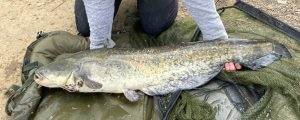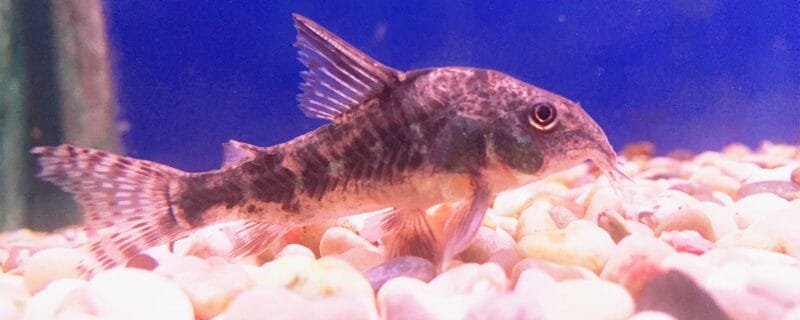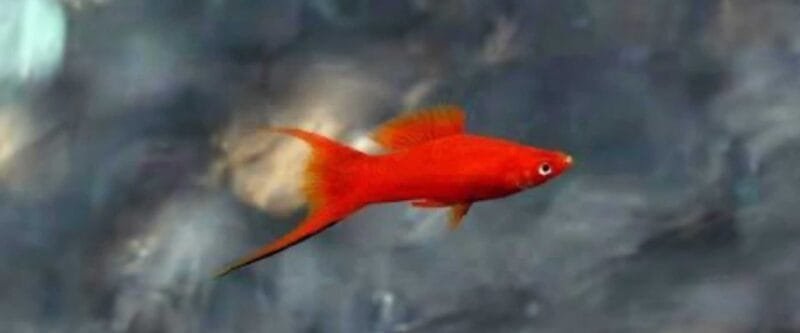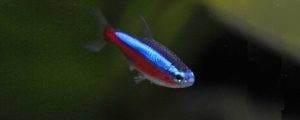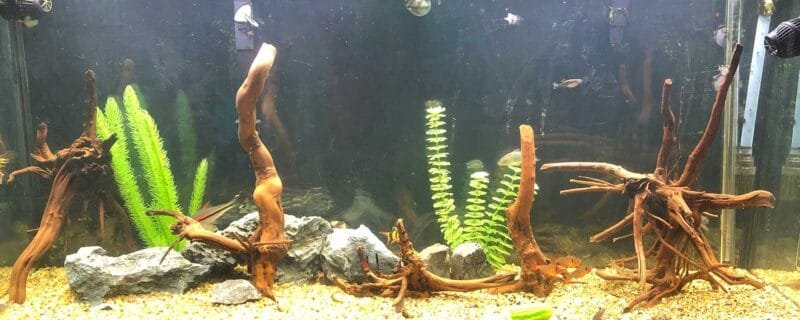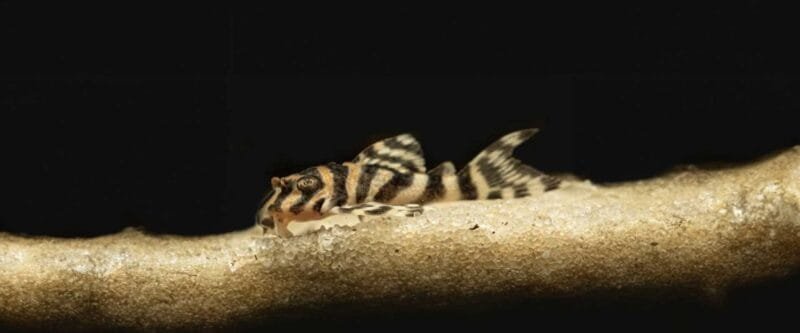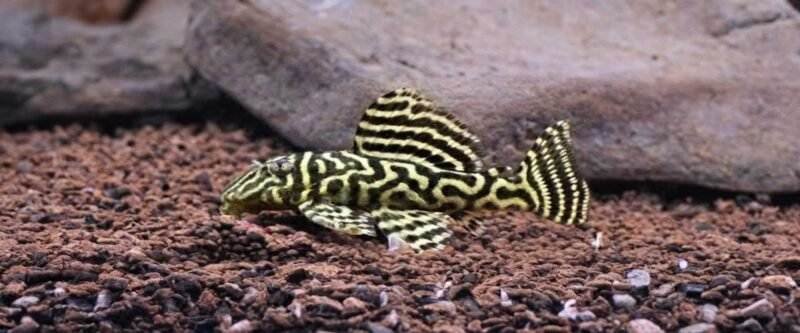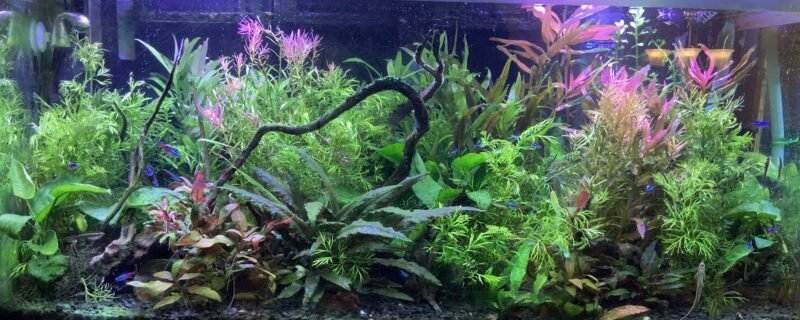Introduction
The Corydoras sterbai, a beloved species in the aquarium hobby, is cherished for its playful behavior and striking appearance. This educational blog post delves into the world of Corydoras sterbai, offering insights into their care, behavior, and habitat requirements.
Latin Name and Native Habitat
Corydoras sterbai, commonly known as Sterbai Cory, is native to the freshwater habitats of South America, particularly in Brazil and Bolivia. They are found in slow-moving rivers and floodplain areas, where the water is often soft and slightly acidic.
Size and Appearance
Sterbai Corys are small, reaching an average size of about 2.5 to 3 inches. They are easily recognized by their unique coloration: a dark body with white spots and a lighter underbelly, complemented by orange pectoral and dorsal fins.
Diet
In the wild, they feed on small invertebrates, worms, and plant matter. In captivity, their diet should include high-quality sinking pellets, along with occasional offerings of live or frozen foods like bloodworms and brine shrimp to ensure a balanced diet.
Sexing and Breeding
Sexing Sterbai Corys can be subtle. Females are generally larger and rounder, especially when viewed from above. Breeding them in captivity is achievable with the right conditions, including a varied diet and clean, well-oxygenated water.
Water Conditions and Habitat
Sterbai Corys prefer water temperatures between 72°F and 79°F, with a pH level of 6.0 to 7.5. They thrive in a tank with a soft substrate, like sand, to protect their delicate barbels, and plenty of hiding places provided by plants or driftwood.
Ease of Care
These fish are relatively easy to care for, making them suitable for both novice and experienced aquarists. They are hardy and adaptable but do require good water quality and regular maintenance.
Community Tank Compatibility
Sterbai Corys are peaceful and sociable, making them excellent for community tanks. They do well with other non-aggressive fish and are particularly suited for planted tanks.
Suitable Tank Mates
Good companions include small tetras, rasboras, and dwarf cichlids. Avoid housing them with large or aggressive fish that may bully or stress them.
Species Variations
While there are no significant subspecies within the Corydoras sterbai, the genus Corydoras includes a wide variety of species, each with its unique patterns and colors.
Conclusion
Corydoras sterbai is a delightful addition to any freshwater aquarium. Their ease of care, peaceful nature, and compatibility with a wide range of fish make them a favorite among aquarists. By providing them with the right environment and diet, these charming bottom-dwellers can thrive and bring joy to your aquatic community.


